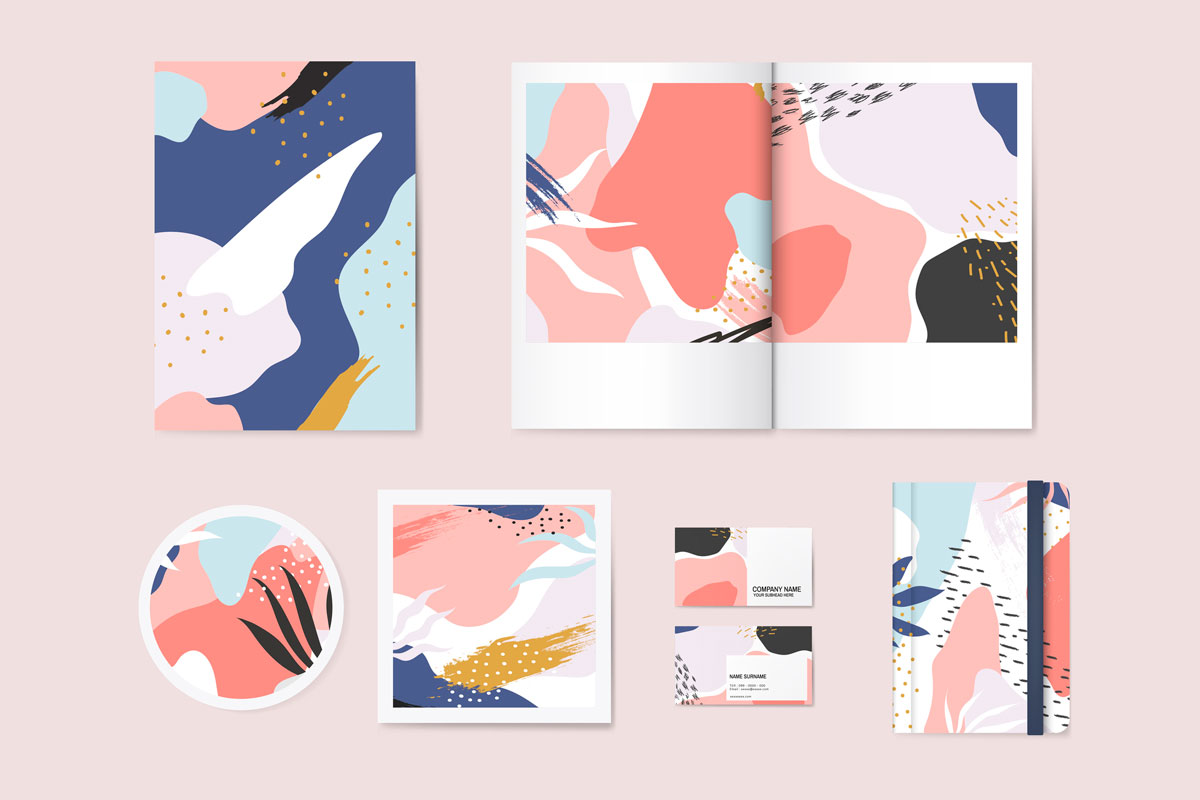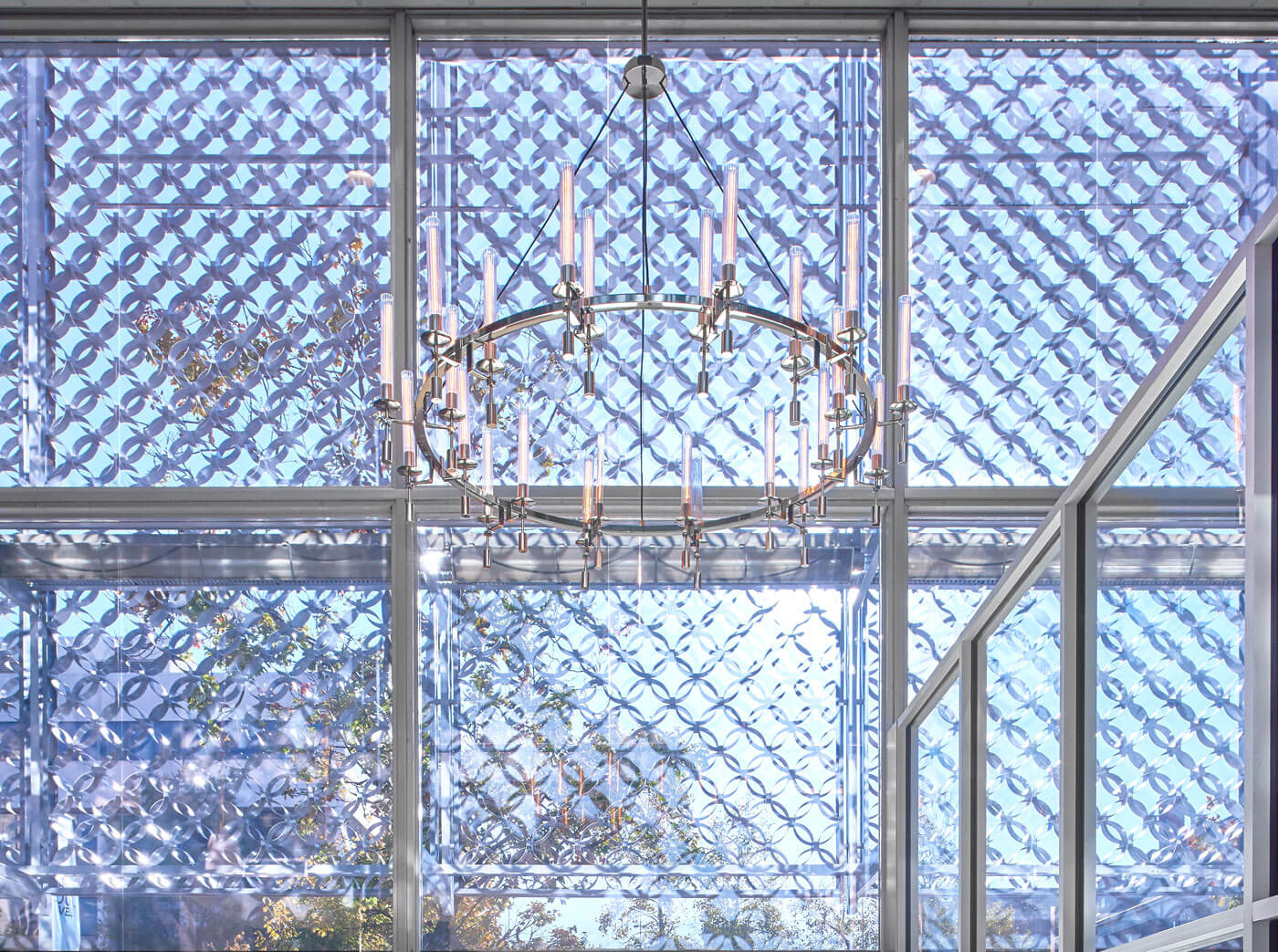
There are some things to consider before rolling out print and digital design pieces. Designing a piece for print and designing a piece for digital use are two different beasts to tackle, and there are some key differences to understand before approaching either.
First, let’s differentiate the two from one another.
Designing for Print Applications
Print design is any design that is meant for the final form to be printed. While the actual designing is likely done using a computer application, like Photoshop or InDesign, the end product is tangible for your customer or lead to hold in their hands and digest.
Some examples of designing for print include:
- Brochures
- Flyers
- Business cards
- Stationary
- Folders
- Promotional items or swag
- Tradeshow material
- Posters
- Direct mail
- Packaging
- Magazine or newspaper ad
Designing for Digital Applications
The digital world is as saturated as ever, and it’s a challenge to stand out among your competition. Differing from designing for print, designing for digital or web applications are only seen through a computer, tablet, or phone screen. It’s not only about the graphics on the page; designing for web must take the overall design into account for the user’s experience and navigation flow.
Factors to Consider When Using Print & Digital Design
Using print and digital design cohesively throughout your marketing efforts can boost brand recognition, engage potential customers, and convert leads into actual conversions. Let’s take a look at how you should use the two types of design in unison.
How and Where Are People Reading?
Reading information on a printed piece differs greatly from reading the same or similar information through a screen. Having something tangible to hold and really engage with evokes a different feeling. Be sure to understand where and how your readers will be viewing your messaging.
What is the Design’s Lifecycle?
How dated is information included in you design? Are you simply wanting to offer a discount for a limited amount of time? Maybe a direct mail piece with messaging centered around evoking a sense of urgency would work best. You then could have a digital banner that’s similarly styled on your website that restates the offer for a cohesive connection of the two mediums.
Layout & Size of Design Elements
Elements that are utilized in both print and digital design include:
- Colors
- Font size
- Font type
- Graphics
- Images
- Lines
- Shapes
Elements of a print design must be within a certain print area and meet margin and bleed standards for the end product be visually appealing and no information is cut off. Designing for digital applications comes with a little more freedom because you can scale designs based on the audience’s viewing method.
Web designers must strive to offer a consistent navigation and user experience across all pages and viewing methods.
Colors & How They Really Look
The way something looks on a computer screen can be different than what you get as a final product, especially when it comes to colors. The CMYK color space is used for print. The RGB color space is used for digital. Be sure to use the right set for your design so that the end product looks how you want.
For print pieces, it’s always a good idea to go through a proofing process and physically print out the design to ensure the colors print correctly when you send it off to be professionally printed.
Design Control
When designing for print, designers have complete control of the design and how an audience will receive it. When designing for digital, designers and developers cannot control how an audience will view their design – desktop, mobile, or tablet. On the other hand, once a print design is printed it cannot be changed, and digital designers have more ongoing control. They can make changes to content and design elements as needed in an efficient manner – no need for a reprint.
Partner With M&R Marketing
M&R Marketing can help create a cohesive, conversion-driving plan for utilizing print and digital design to take your advertising strategy to the next level. When you hire us, you are choosing an in-house team of web developers, copywriters, account managers, digital strategists, and graphic designers who live and breathe marketing. We are creative, accessible, and dedicated to YOUR success. We’d love to partner with you! Send us an email at hey@mandr-group.com and we’ll get this conversation started.
Did you miss the first two print design articles? No worries!

